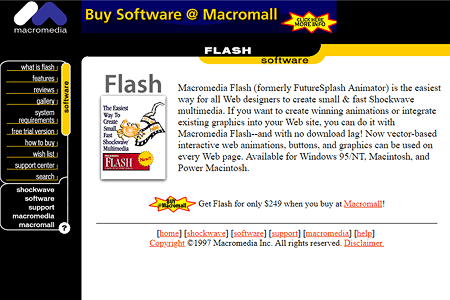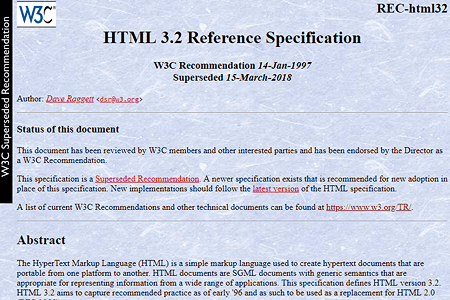1995 April 10th
Opera 1.0
The Norwegian company Opera Software first introduced to the public a new MultiTorg Opera 1.0 web browser that used MDI (Multiple Document Interface) technology. The use of MDI enabled users to simultaneously open several windows of webpages within the browser. As of version 2.0, the browser’s name was shortened to Opera.





























